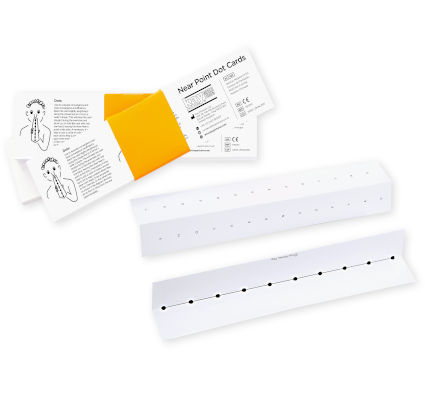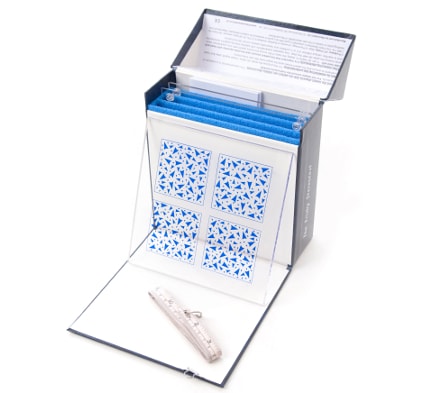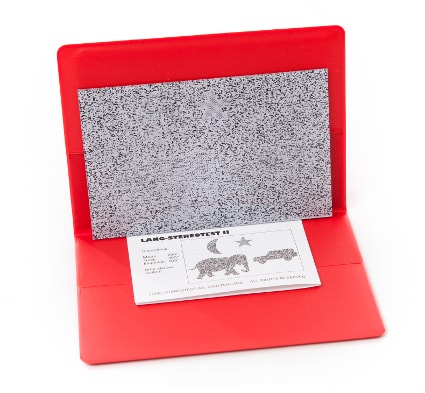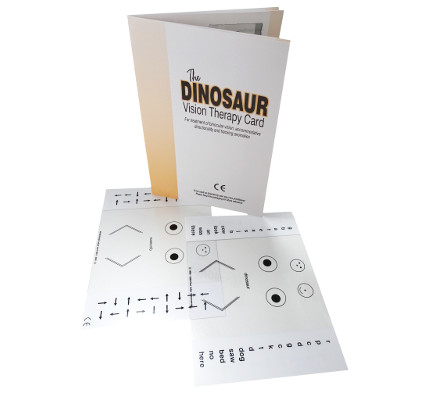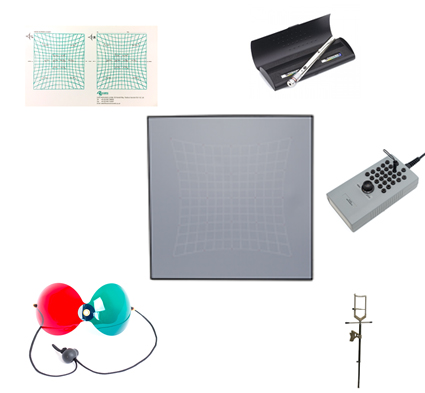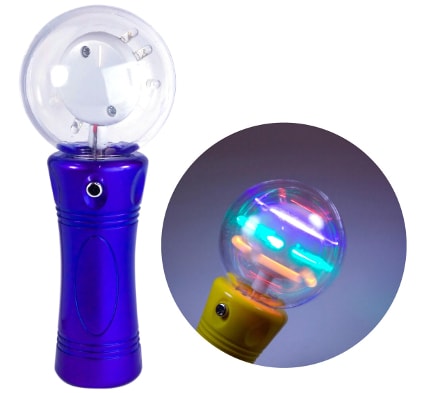Double-sided cards for measuring the near point of convergence and accommodation.
Near Point Dot Cards
£10.50
In stock
In stock
Description
These Near Point Dot cards are double-sided cards for measuring the near point of convergence (dots) and of accommodation (letters), and for home exercises. Home exercises with dot cards treat convergence insufficiency more effectively than simple pen push-up exercises by ensuring correct ocular alignment and no suppression.
The card has a central crease to maintain its stability and ease of use. The dots are placed at 3 cm intervals along the card, which is held lengthwise touching the end of the nose so that the dots are 6 cm to 33 cm from the eye (approximately). On the reverse are two columns of letters spaced at 2 cm intervals.
Each pack contains 50 cards, one laminated practitioner card plus detailed instructions sized 30 cm by 7.5 cm.
Full user and patient instructions are also included. You can download translations into other languages by selecting the ‘Patient Instructions’ tab above.
Dimensions: 30cm x 7.5cm
Country of origin: GB
Details
| Weight | 0.298 kg |
|---|---|
| Dimensions | 30 × 7.5 × 3 cm |
More Details
The Kay Dot Cards use physiological diplopia to ensure correct ocular alignment during convergence exercises. It is important to make sure that suppression is not hindering the patient’s ability to appreciate physiological diplopia prior to exercising.
Suppression is especially common when a significant exophoria or intermittent exotropia is present and it may be necessary to employ anti-suppression exercises beforehand.
The correct use of these dot cards will improve and maintain steady convergence and relieve symptoms. Patients should be made aware that during exercising asthenopic symptoms of headaches and sore eyes may temporarily worsen. This should be taken as a good sign that the exercises are having an effect and not a reason to stop.
During correct convergence, each viewed dot should be seen singly and should be steady (not wobbling). The two lines of dots should be seen crossing through the centre of the viewed dot.
Emphasis should be placed on being able to maintain one steady dot for 5-10 seconds before progressing to the next dot.
Try drawing a circle of different colours around each dot to differentiate them better during exercising. This is particularly helpful for young children.
Patient Instructions
Download the patient instructions and translations into other languages here.

